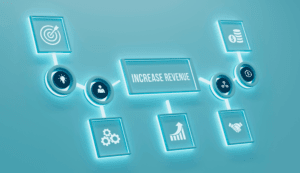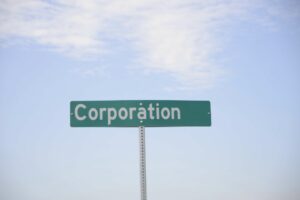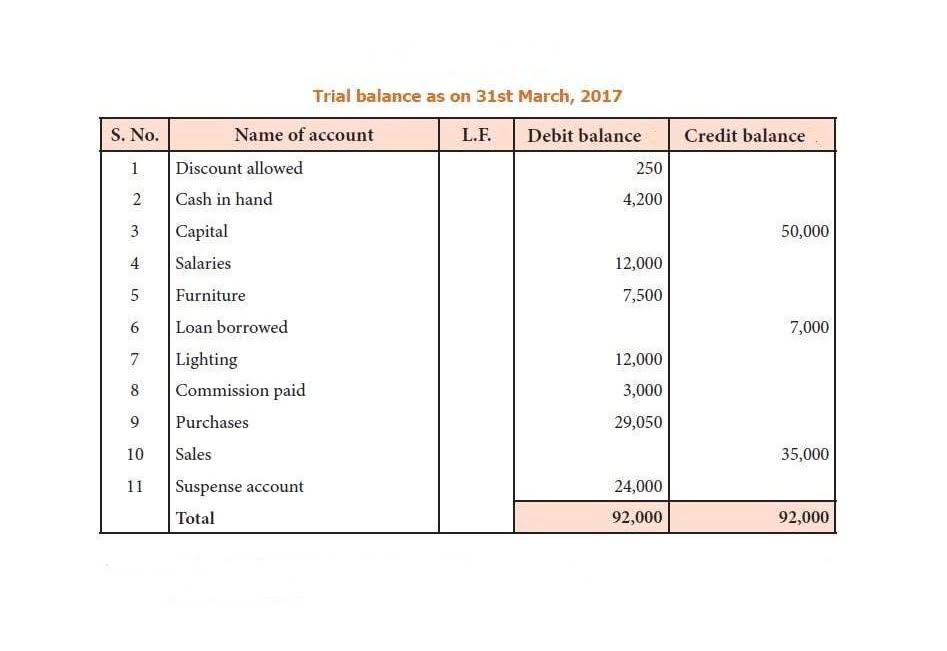
Under the cost model, the carrying value of fixed assets equals their historical cost less accumulated depreciation and accumulated impairment losses. Let us consider the example of a company called XYZ Ltd that bought a cake baking oven at the beginning of the year on January 1, 2018, and the oven is worth $15,000. The owner of the company estimates that the useful life of this oven is about ten years, and probably it won’t be worth anything after those ten years.
Purchase Price:
- Another important aspect of depreciation is that it is an estimate based on the historical cost of the asset (not the replacement cost), its expected useful life, and its probable salvage value at the time of disposal.
- This transaction will immediately result in the cash outflow from the business by the amount that the company pays for the purchase of the fixed asset.
- This ratio gives visibility into how old an organization’s fixed assets are.
- Alternatively, the company makes a loss when it sells the fixed asset at the amount that is lower than its net book value.
- The process of spreading the cost of an asset over its useful life, and calculating the corresponding decrease in its value is called depreciation.
- Under U.S. GAAP, sales tax is typically capitalized as part of the asset’s cost, while IFRS may allow for different approaches depending on the circumstances.
Consequently the acquisition of the asset is recorded in the fixed asset account, and the corresponding liability is recorded in the accounts payable account. In business, the company may need to purchase the fixed asset on credit to use in day-to-day operations. In this journal entry, total expenses on the income statement increase by $50,000 while total assets on the balance sheet decrease by $50,000.
The Rules (aka GAAP)

When recording this cost, debit the asset account for the purchase amount and credit the cash account—the account payable section—for an equivalent sum. A fixed asset is something that will be used in the business and that has a useful life of more than a year. On the other hand, if the sale proceeds are lower than the fixed asset’s net book value, the company makes a loss and the journal entry will be as below instead. If the proceeds from the sale of fixed asset are higher than its net book value, the company makes a gain and the journal entry of writing off will be as below. Allocating costs to asset accounts ensures each cost component is categorized to reflect its economic benefit.
Depreciation Methods:
You can either get all the money at once or use part towards the down payment too. In short, depreciation lets you spread out the asset’s cost over its useful life (how long you expect it’ll last). When you first purchase new equipment, you need to debit the specific equipment (i.e., asset) account. And, record new equipment on your company’s cash flow statement in the investments section. Keep in mind that equipment and property aren’t the only types of physical (i.e., tangible) assets that you have.

Depreciation

Depending on the nature of an entity’s business, it may make sense to group items that share common characteristics or purposes. This journal entry will increase the total non-current assets as a result of the capitalization of the new fixed asset on the balance sheet. At the same time, it will also increase the total liabilities on the balance sheet as a result of the purchase of fixed asset on the credit.

Credit Cloud
Market value may be substantially different, and may even increase over time. Instead, depreciation is merely intended to fixed asset accounting entries gradually charge the cost of a fixed asset to expense over its useful life. Likewise, the fixed asset write-off journal entry may be different from one asset to another based on the way the company writes it off and whether it still has net book value or not. Accelerated methods, such as double-declining balance, front-load expenses and can maximize tax deductions early in an asset’s life. This is particularly useful for industries with rapidly evolving technology.
Proper accounting ensures accurate financial reporting and management of assets throughout their lifecycle. Decrease the fixed asset account by $20,000 to remove the van from the company’s records. In this journal entry, both total assets and total equity on the balance sheet increase by $18,000 as of December 31, 2019. These examples illustrate different methods of recording depreciation for fixed assets, depending on the method and timing chosen by the company. As shown in the journal entry for capitalization of the fixed asset above, we do not record the expense immediately after purchasing the fixed asset.
- Many organizations implement a policy for tangible asset expenditures which sets a materiality threshold over which purchases will be capitalized.
- Revaluation of fixed assets is the process by which the carrying value of fixed assets is adjusted upwards or downwards in response to major changes in its fair market value.
- At the same time, it will also increase the total liabilities on the balance sheet as a result of the purchase of fixed asset on the credit.
- In this case, the company can make the journal entry for the depreciation of the purchased fixed asset with the debit of the depreciation expense account and credit of the accumulated depreciation account.
- How do you record the disposal of fixed assets in the following example situations.
- To deal with the asset disposal we first need to calculate its net book value (NBV) in the accounting records.
- Likewise, in this journal entry of revaluation of fixed assets, both total assets and total equity on the balance sheet increase by the same amount.
- When a fixed asset is disposed of, it is crucial to accurately record the transaction through a disposal journal entry.
- By following these practices, businesses can effectively reflect their financial position and make informed strategic decisions.
If there is a loss, record it as a debit to the loss on the disposal account. This entry shows on the balance sheet that the company owns a delivery van worth $10,000, and it also shows that they’ve spent $10,000 to get it. For example, on December 31, 2019, a building that has a carrying value of $162,000 online bookkeeping on the balance sheet of the company ABC has been revalued to $180,000. This building has the remaining useful life of 9 years as of December 31, 2019. If the cash that the company received was greater than the asset’s book value, the company would record the difference as a credit to Gain on Sale of Fixed of Assets. Had the fair value been $140,000 the excess of carrying amount over fair value would have been $27,648.
An asset may become impaired as a result of physical damage, legal restrictions on asset use, or a substantial drop in the asset’s market value due to shifts in consumer demand. If you buy a new wheel loader at a price of $173,000, after 10 years HVAC Bookkeeping of useful life its salvage value will be 10% of the original cost. That 200-year-old wood will probably take us past seven years, but at the same time, the chairs around the table may only last two. If you look around at all the furniture and fixtures in your office, altogether they will likely last an average of something like seven years.
